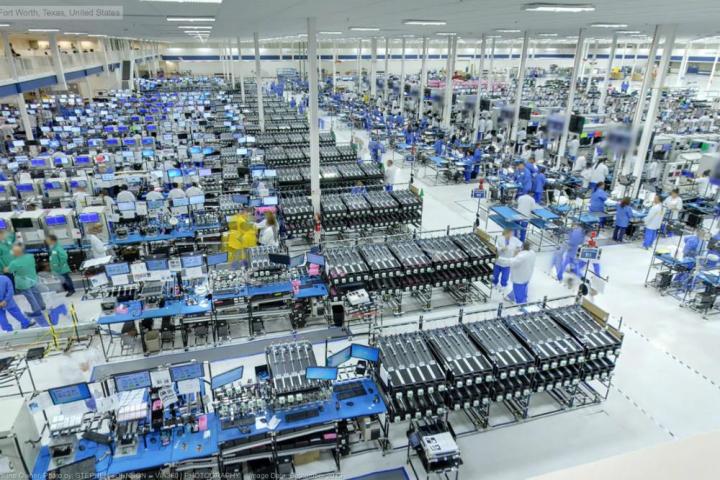
When Motorola Mobility launched the Moto X last year, it marketed the device heavily on the fact that it was the first smartphone ever to be designed, engineered, and manufactured in the US, providing several thousand Americans with jobs in the process.
The firm’s strategy to manufacture stateside instead of at some faraway factory appears to be in tatters, however, as it announced Friday its Moto X plant – in Fort Worth, Texas – will close by the end of the year. The facility opened in May 2013, providing 3,800 Americans with jobs, though the workforce currently stands at around 700.
The decision was prompted by weak sales of the handset and high production costs, the Wall Street Journal reported. According to market research firm Strategy Analytics, Motorola sold around 900,000 Moto X devices globally in the first three months of this year – not a huge amount when compared to Apple’s 26 million iPhone 5S sales in the same period.
The location of the factory meant US consumers only had to wait around four days for their Moto X handset to arrive. This was particularly impressive when you consider that buyers could heavily customize their handset using the online Moto Maker tool. It was hoped the more straightforward logistics operation and lower delivery costs would enable the plant to flourish, but cost pressures have evidently proved too great for the mobile maker.
The Moto X will now be manufactured in China and Brazil, though it’s not currently known how the closure of the Texas plant might affect delivery times of the handset. As for Moto Maker, reports suggest the tool will remain in operation, allowing customers to continue to build a Moto X mobile to their precise requirements.
Google earlier this year agreed to sell Motorola to Chinese electronics firm Lenovo, though Motorola president Rick Osterloh insists the decision to close its US-based Moto X plant has nothing to do with the planned sale, and was made independently.
Editors' Recommendations
- This is the Moto X30 Pro, Motorola’s 200MP smartphone camera beast
- Moto Edge X30, first Snapdragon 8 Gen 1 phone likely to launch on December 9
- Motorola’s new Moto G Power (2022) keeps long battery life, adds better camera
- High-end Motorola Edge X flagship leaks with 144Hz OLED display
- The Moto G Pure might be Motorola’s most affordable entry-level phone yet


